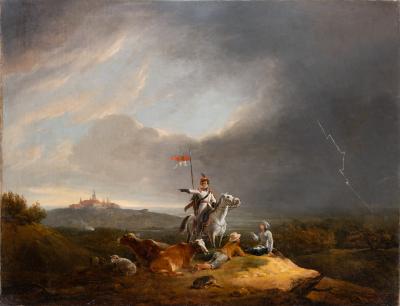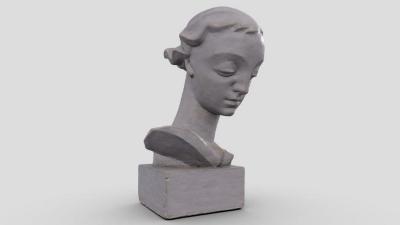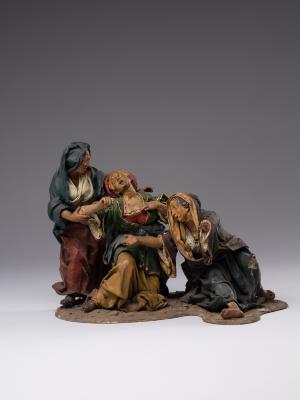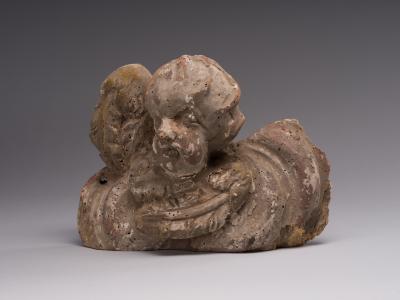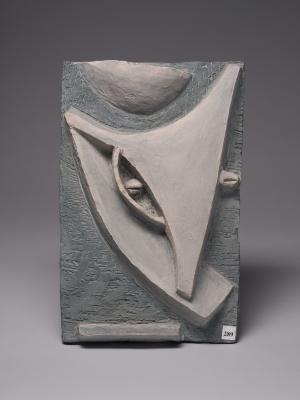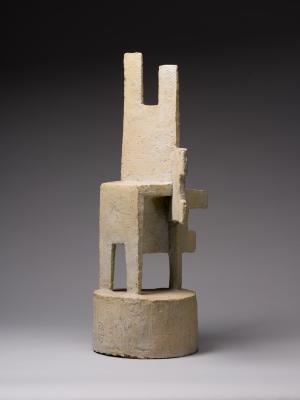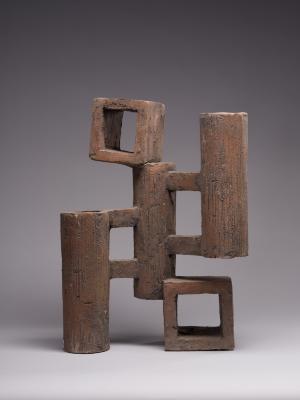Musicians-Carciofolari in Rome
Bartolomeo Pinelli
- ID
- Г-IV-1755
- Author
- Bartolomeo Pinelli
- Name
- Musicians-Carciofolari in Rome
- Date of creation
- 1817
- Technique
- etching watercolour
- Material
- paper
- Dimensions (height x width, cm)
- 10.2 x 16.3
- Type
- graphic art
- Genre
- genre art
- Provenance
- Collection of Faina Tarashchanska (Lviv), 1966
Carciofolari are musicians from Abruzzo. They mainly were a trio of two harpists and a violinist (either a violist or a cellist) who was holding the fingerboard of his instrument down. Their name comes from the word "carciofolà", which means artichoke. The verses of many Neapolitan lyrical songs ended with that word. Carciofolari were an integral part of Roman folklife.













